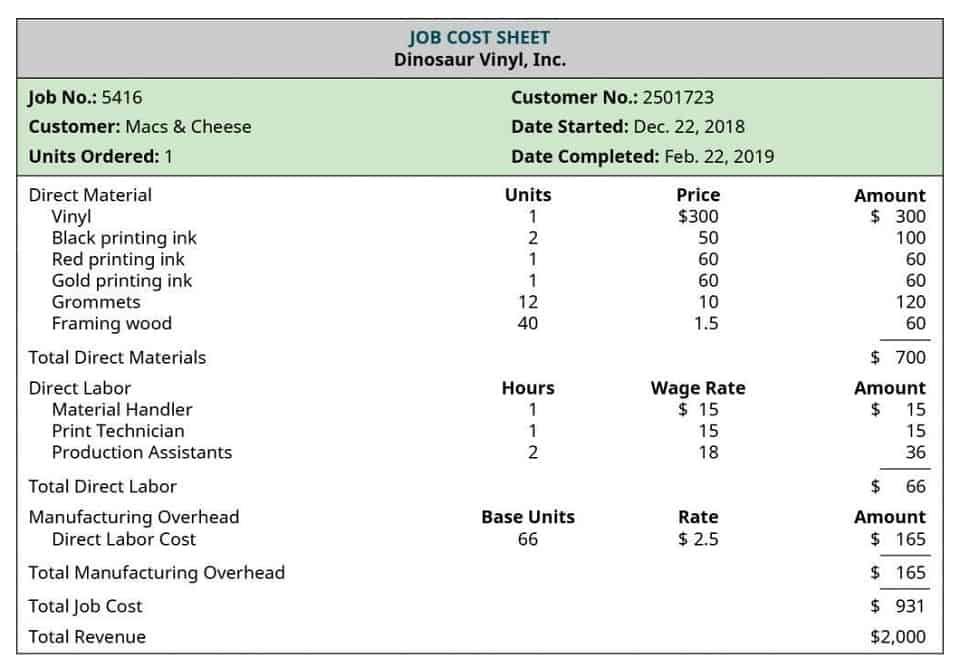
Just remember – setting up your firm’s IOLTA account needs to be done with care. Provide monthly details to clients as part of their bill to limit any allegations of mismanagement. Created by legal professionals, LeanLaw will help to keep your practice running smoothly with less effort than you’ve been previously spending. In some instances the provincial legislation and/or regulations which direct the foundations also prescribe specific funding formulas which are applied to the five mandates. If you’re just starting out and think you’ve set up your accounting the wrong way, talk to a professional accountant with experience dealing with IOLTA. If you’ve made the switch from paper cheques to electronic billing (e-transfer, credit card payments, that kind of thing), you can’t pass along the payment fees to your client’s IOLTA.
- When this is done, a firm must decide how those dollars are going to be safeguarded without depositing them into any of the already existing lawyers trust accounts that aren’t specifically earmarked as an IOLTA account.
- LeanLaw’s trust accounting engine tracks trust and operating accounts based on industry and state bar compliance standards.
- In Texas, monies are used to provide grants to non-profit organizations providing poor Texans with free legal civil help.
- IOLTA programs have been created by Court Rule, while several have been established through state legislatures.
- Using an IOLTA account ensures any interest earned is remitted to state bar associations, which are donated to support legal aid programs and other public service initiatives.
- You can’t, for example, pay for your firm’s operating expenses directly out of an IOLTA account.
IOLTA trust account rules are quite specific, and failing to adhere to them can result in significant penalties. This is usually the case when a client will only be using that law firm iolta stands for for a specific case or for a limited amount of time. As a trusted legal professional, it’s important to understand Interest on Lawyer Trust Accounts (IOLTA) accounts and how they work.
accounting compliance
IOLTA, which stands for Interest on Lawyer’s Trust Accounts, is a unique program established to help fund legal service organizations. These organizations provide assistance to low-income individuals and non-profit groups, ensuring that they can access legal representation even if they cannot afford it. The IOLTA program collects the interest earned on small, short-term client trust funds held by lawyers and law firms, and then distributes the funds through grants to organizations providing legal aid.

Additional resources and guidance for IOLTA are available through the American Bar Association and local state bars. When managing IOLTA accounts, be sure to always seek expert advice and partner with legal technology companies that prioritize stringent compliance with industry regulations. If you don’t have time to manage your own bookkeeping and are thinking of hiring outside help, make sure to hire a bookkeeper who has experience with law firms. These consultants usually have experience dealing with IOLTA, and rules in most states don’t require them to report ethics violations to the bar. Because of this, your accounting department will never have to worry as to whether or not your accounts are well positioned for weekly or monthly three-way reconciliation. Even if you have an excellent accounting department, keeping all the accounting functions moving in a smooth and efficient manner can be challenging without the right accounting software to help.
Understanding IOLTA accounts
Explicitly, IOLTA applies only to funds that are “nominal in amount or held for a short period of time”. So larger amounts of money held for single clients are exempt from the IOLTA program. That means, typically, that client funds eligible for IOLTA involve small amounts of money held for a long time, or significant amounts of money held for a short time. As was the case prior to IOLTA, lawyers must exercise their discretion in determining whether a given client’s trust deposit is of sufficient size or will be held for sufficient duration to justify the cost of being individually invested for a client. While it may seem simple on paper, the reality is that maintaining a compliant and ethical IOLTA account can be incredibly complex and time-consuming, especially without the proper tech stack.
While many states manage their IOLTA accounts through the state bar’s charitable organization, some states have set up an entirely separate institution to regulate and administer interest funds that are created from the dollars held. Let’s learn more about what is IOLTA account, what purpose this type of trust account will serve, and what the best way is to establish and monitor the IOLTA for your law firm. If you are trying to set up an IOLTA for your law firm, it’s important you understand what is an IOLTA account, what purpose it serves, and why it’s vital you follow the appropriate protocol to ensure you’ve done it legally.
IOLTA requirements
This is where IOLTA came into existence and became customary for handling each client’s trust account. An IOLTA account is an interest bearing trust account and what is done with that interest we will discuss in more detail. Just know that it is highly important that the interest generated from an IOLTA account is accurately accounted for and used appropriately.






